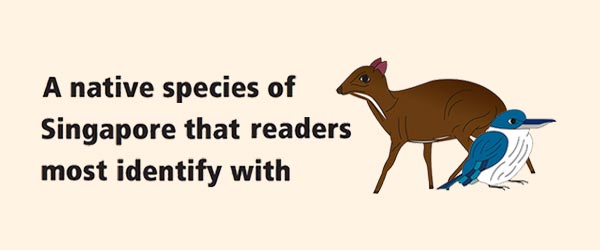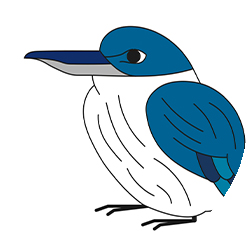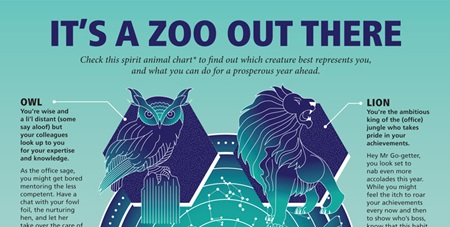A Native Species Of Singapore That Readers Most Identify With

As technology advances, what kinds of bots would you like to have working with you or assisting you at work?
Send your entry to psd_challenge@psd.gov.sg.
The winning entry will receive a prize worth up to $100. All other published entries will win vouchers worth $30 each. Please include your name, agency email address, agency and contact number.
All entries should reach us by March 24, 2016.

Renee Fong, National Youth Council

I’d like to think I’m like a mousedeer. It is popularly known as Sang Kancil in folklore and praised for its wit, nimbleness and courage in standing up to and tackling larger foes, such as the tiger or crocodile. As a public officer working in a dynamic and fast-paced environment, I am often required to multitask, think on my feet, produce things at the snap of a finger and jump at the whim of my bosses. So in that sense, I have to be quick and nimble. From time to time, when the going gets rough or when bosses don’t agree with my recommendations, I arm myself with the mousedeer’s sense of courage to “kick back” and stand up for my values and beliefs.
Congratulations, Renee! You win Wildlife Reserves Singapore vouchers worth $100 so you can go on a photo hunt — see if you can spot the elusive mousedeer at the zoo.
Lam Kar Mun, ACJC, MOE

The white-collared kingfisher is a brightly coloured bird with lovely aquamarine and white feathers. We share a few characteristics. Firstly, the white-collared kingfisher has a variety of calls, most of which sound like cacophonous laughter similar to my own loud and hearty one whenever I hear a good joke. Despite its noisy disposition, it can perch motionless for hours waiting for prey. Its patience is a virtue I can identify with as an educator who needs to guide my students throughout the year. Just like the kingfisher that frequents water bodies, I also visit the local reservoirs regularly to supervise my school’s canoeing training sessions — and to get a moment of peace as I reflect upon a tranquil landscape.
LTA Matthew Chua, SCDF

I identify with the dugong, because it is a marine animal on the brink of extinction due to deaths caused by human activity — similar to my observation of human life, in which human communities struggle to live peaceably and sustainably on this earth. The pain and suffering that the dugong feels in its declining natural habitat is similar to how I feel when I see what is going on in the world, with sectarian conflicts all around. Yet, like the dugong, I see much hope for the future, such as in the recent climate change agreement to keep the global temperature rise below 2 degrees Celsius. The dugong will keep on swimming, looking to unite with its kind. That, too, is essentially the human hope.
Pedro Shiu, NParks

The native animal I identify with most is, without a doubt, the banded archerfish. At first glance, the banded archerfish (Toxotes jaculatrix) may seem a modest fish. However, this fish is literally able to shoot down prey with a spray of water. If the water surface is too turbulent for it to aim, the archerfish leaps out of the water to catch its food. The archerfish is often found among mangrove roots. There, it uses its small size as an advantage, hiding and stalking within the network of roots. I don’t spit at my food but I do believe in aiming high, turning our weaknesses into strength and reaching for our goals.
- POSTED ON
Mar 1, 2016
-
Humour
It's A Zoo Out There









